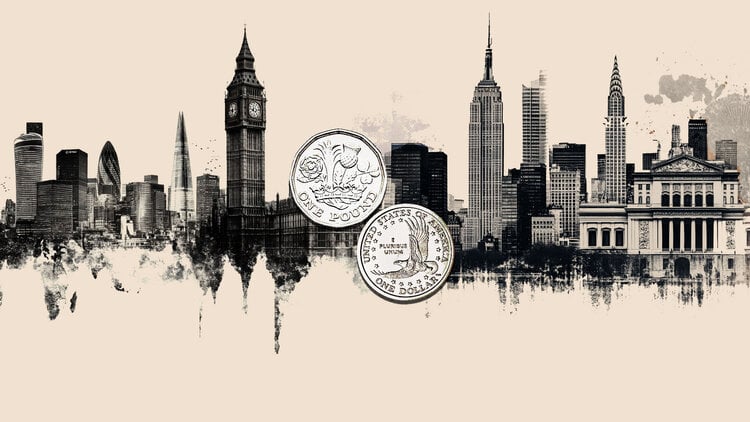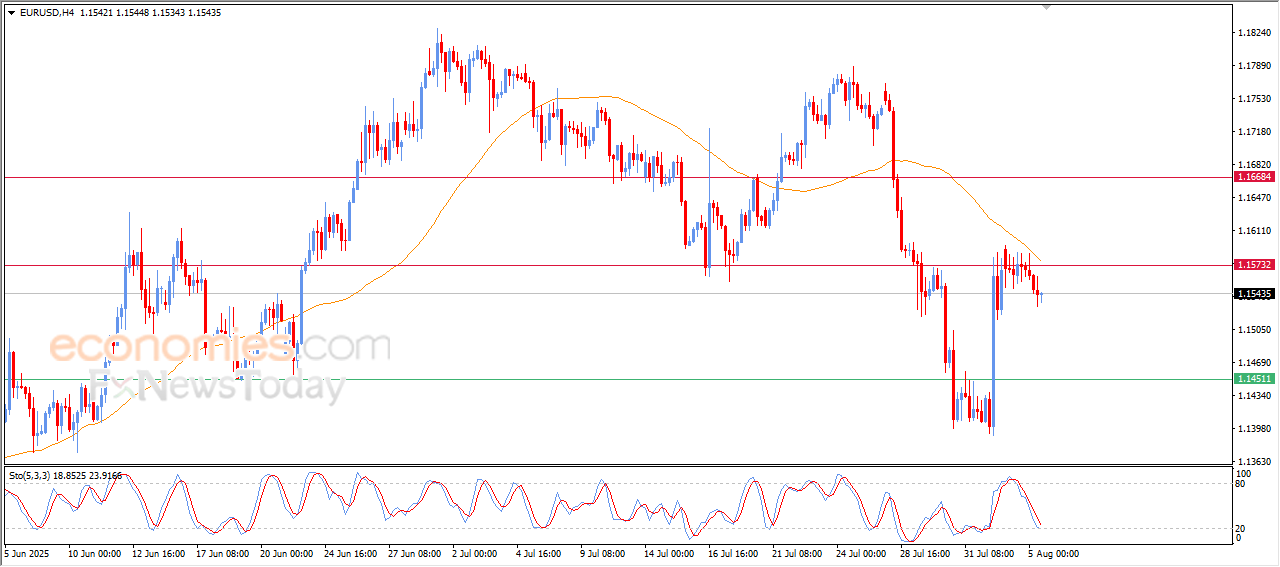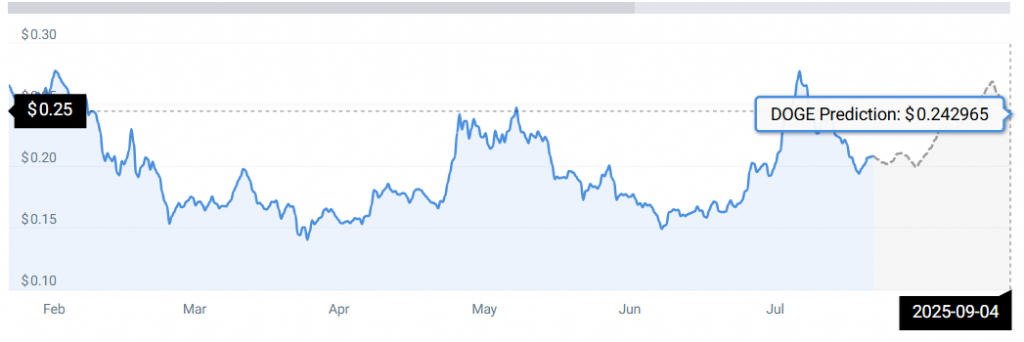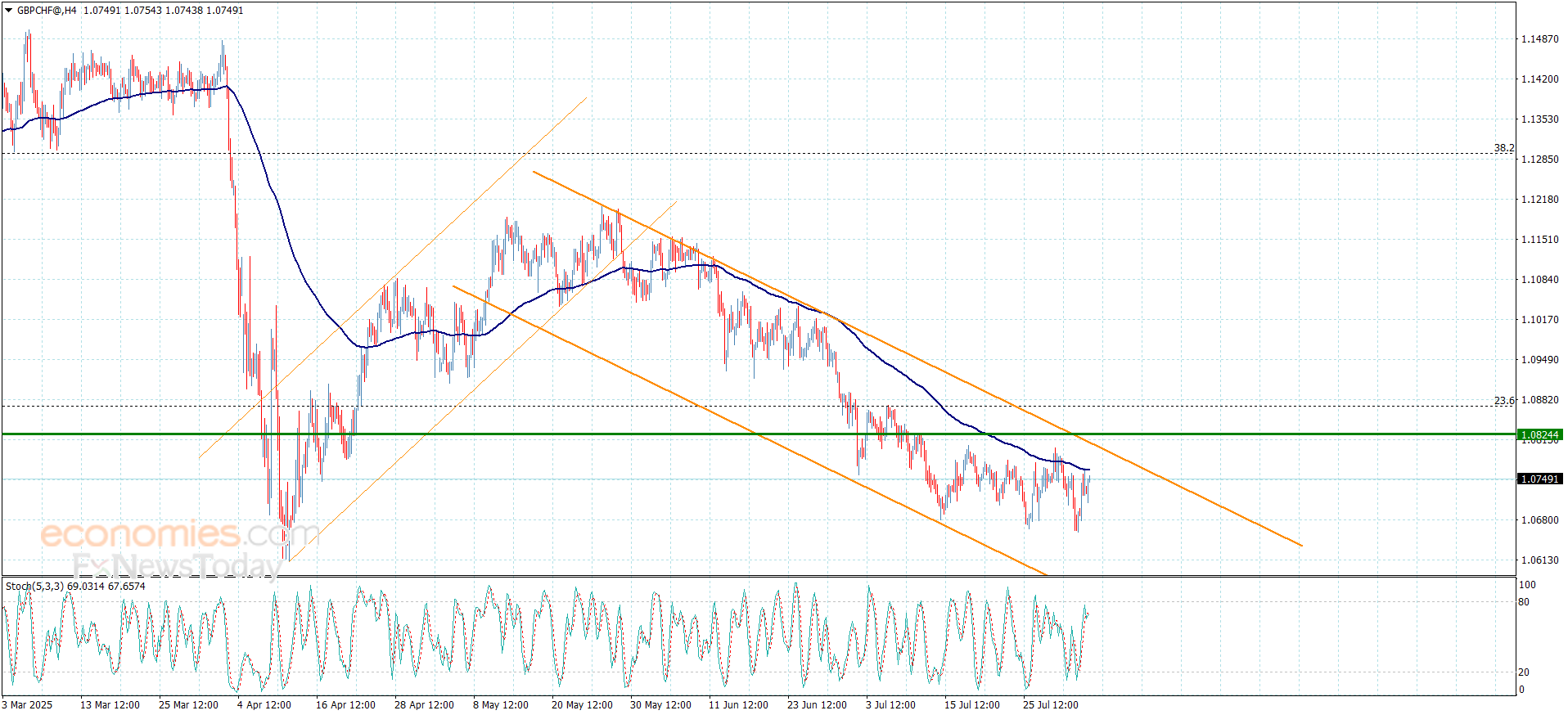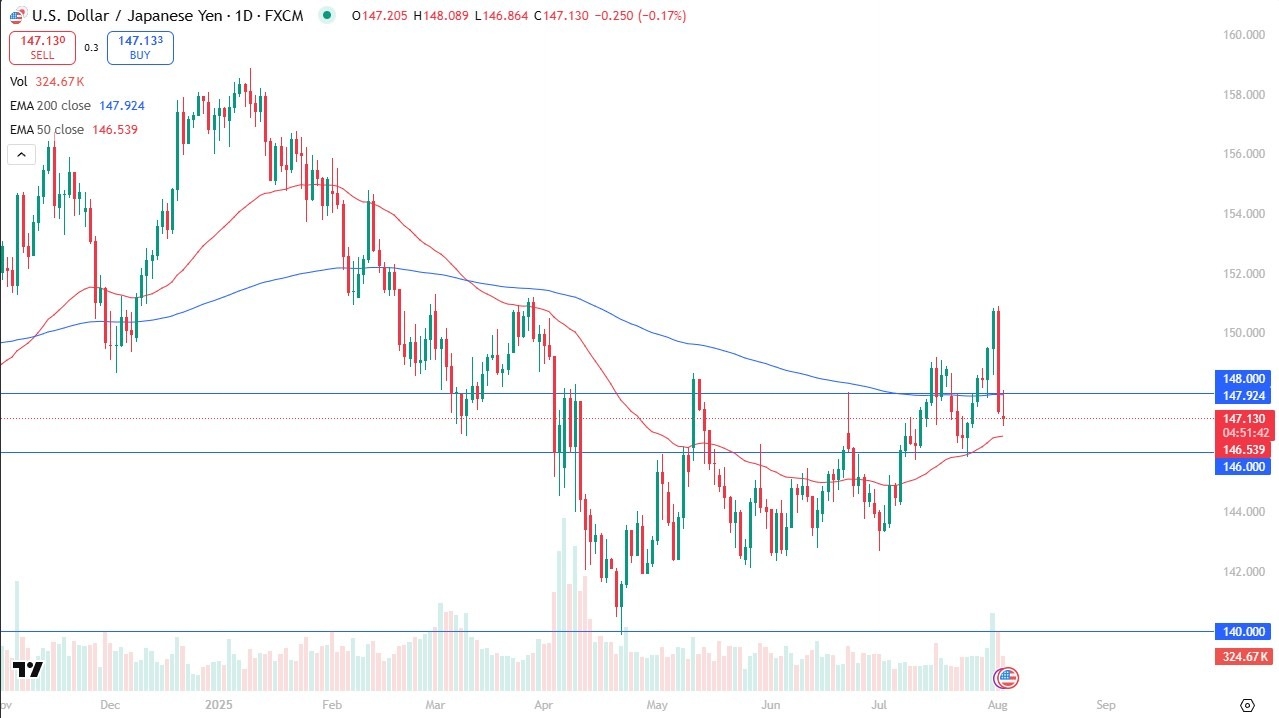Category: Forex News, News
Pound Sterling stabilizes ahead of key events
- GBP/USD moves sideways below 1.3300 in the European session.
- Improving risk mood helps Pound Sterling hold its ground.
- July ISM Services PMI data from the US will be scrutinized by investors later.
After failing to make a decisive move in either direction on Monday, GBP/USD extends its sideways grind on Tuesday and trades in a narrow band below 1.3300.
British Pound PRICE Last 7 days
The table below shows the percentage change of British Pound (GBP) against listed major currencies last 7 days. British Pound was the weakest against the Japanese Yen.
| USD | EUR | GBP | JPY | CAD | AUD | NZD | CHF | |
|---|---|---|---|---|---|---|---|---|
| USD | 0.43% | 0.51% | -0.53% | 0.51% | 0.98% | 1.45% | 0.93% | |
| EUR | -0.43% | 0.07% | -0.99% | 0.07% | 0.57% | 0.90% | 0.51% | |
| GBP | -0.51% | -0.07% | -1.06% | 0.00% | 0.50% | 0.84% | 0.43% | |
| JPY | 0.53% | 0.99% | 1.06% | 1.02% | 1.51% | 1.91% | 1.57% | |
| CAD | -0.51% | -0.07% | -0.00% | -1.02% | 0.42% | 0.95% | 0.42% | |
| AUD | -0.98% | -0.57% | -0.50% | -1.51% | -0.42% | 0.35% | -0.07% | |
| NZD | -1.45% | -0.90% | -0.84% | -1.91% | -0.95% | -0.35% | -0.41% | |
| CHF | -0.93% | -0.51% | -0.43% | -1.57% | -0.42% | 0.07% | 0.41% |
The heat map shows percentage changes of major currencies against each other. The base currency is picked from the left column, while the quote currency is picked from the top row. For example, if you pick the British Pound from the left column and move along the horizontal line to the US Dollar, the percentage change displayed in the box will represent GBP (base)/USD (quote).
The US Dollar (USD) Index, which tracks the USD’s performance against a basket of six major currencies, registered marginal gains on Monday and made it difficult for GBP/USD to build on Friday’s rebound.
Early Tuesday, US stock index futures rise about 0.2% on the day and the UK’s FTSE 100 Index is up more than 0.3%, reflecting a risk-positive market atmosphere. In case the market mood remains upbeat in the second half of the day, GBP/USD is likely to hold its ground.
The US economic calendar will offer the Institute for Supply Management’s (ISM) Services Purchasing Managers Index (PMI) data for July in the American session. Markets expect the headline PMI to improve to 51.5 from 50.8 in June. A print below 50 could weigh on the USD with the immediate reaction, while a reading above analysts’ estimate could support the USD and drag GBP/USD lower.
Nevertheless, investors could refrain from taking large positions and allow GBP/USD to remain in a consolidation phase ahead of the Bank of England’s (BoE) monetary policy announcements on Thursday.
GBP/USD Technical Analysis
The Relative Strength Index (RSI) indicator on the 4-hour chart moves sideways near 50 and GBP/USD fluctuates between the 20-period and the 50-period Simple Moving Average (SMA), highlighting a neutral bias in the near term.
On the downside, the 20-period Simple Moving Average (SMA) aligns as interim support at 1.3250 ahead of 1.3200 (static level, round level) and 1.3130 (lower limit of the descending channel).
Looking north, resistance levels could be spotted at 1.3300 (static level, round level), 1.3330 (former support level, 50-period SMA) and 1.3400 (100-period SMA, upper limit of the ascending channel).
Pound Sterling FAQs
The Pound Sterling (GBP) is the oldest currency in the world (886 AD) and the official currency of the United Kingdom. It is the fourth most traded unit for foreign exchange (FX) in the world, accounting for 12% of all transactions, averaging $630 billion a day, according to 2022 data.
Its key trading pairs are GBP/USD, also known as ‘Cable’, which accounts for 11% of FX, GBP/JPY, or the ‘Dragon’ as it is known by traders (3%), and EUR/GBP (2%). The Pound Sterling is issued by the Bank of England (BoE).
The single most important factor influencing the value of the Pound Sterling is monetary policy decided by the Bank of England. The BoE bases its decisions on whether it has achieved its primary goal of “price stability” – a steady inflation rate of around 2%. Its primary tool for achieving this is the adjustment of interest rates.
When inflation is too high, the BoE will try to rein it in by raising interest rates, making it more expensive for people and businesses to access credit. This is generally positive for GBP, as higher interest rates make the UK a more attractive place for global investors to park their money.
When inflation falls too low it is a sign economic growth is slowing. In this scenario, the BoE will consider lowering interest rates to cheapen credit so businesses will borrow more to invest in growth-generating projects.
Data releases gauge the health of the economy and can impact the value of the Pound Sterling. Indicators such as GDP, Manufacturing and Services PMIs, and employment can all influence the direction of the GBP.
A strong economy is good for Sterling. Not only does it attract more foreign investment but it may encourage the BoE to put up interest rates, which will directly strengthen GBP. Otherwise, if economic data is weak, the Pound Sterling is likely to fall.
Another significant data release for the Pound Sterling is the Trade Balance. This indicator measures the difference between what a country earns from its exports and what it spends on imports over a given period.
If a country produces highly sought-after exports, its currency will benefit purely from the extra demand created from foreign buyers seeking to purchase these goods. Therefore, a positive net Trade Balance strengthens a currency and vice versa for a negative balance.
Written by : Editorial team of BIPNs
Main team of content of bipns.com. Any type of content should be approved by us.
Share this article:
